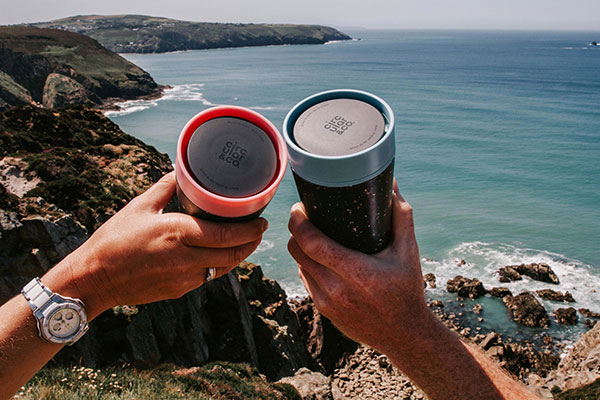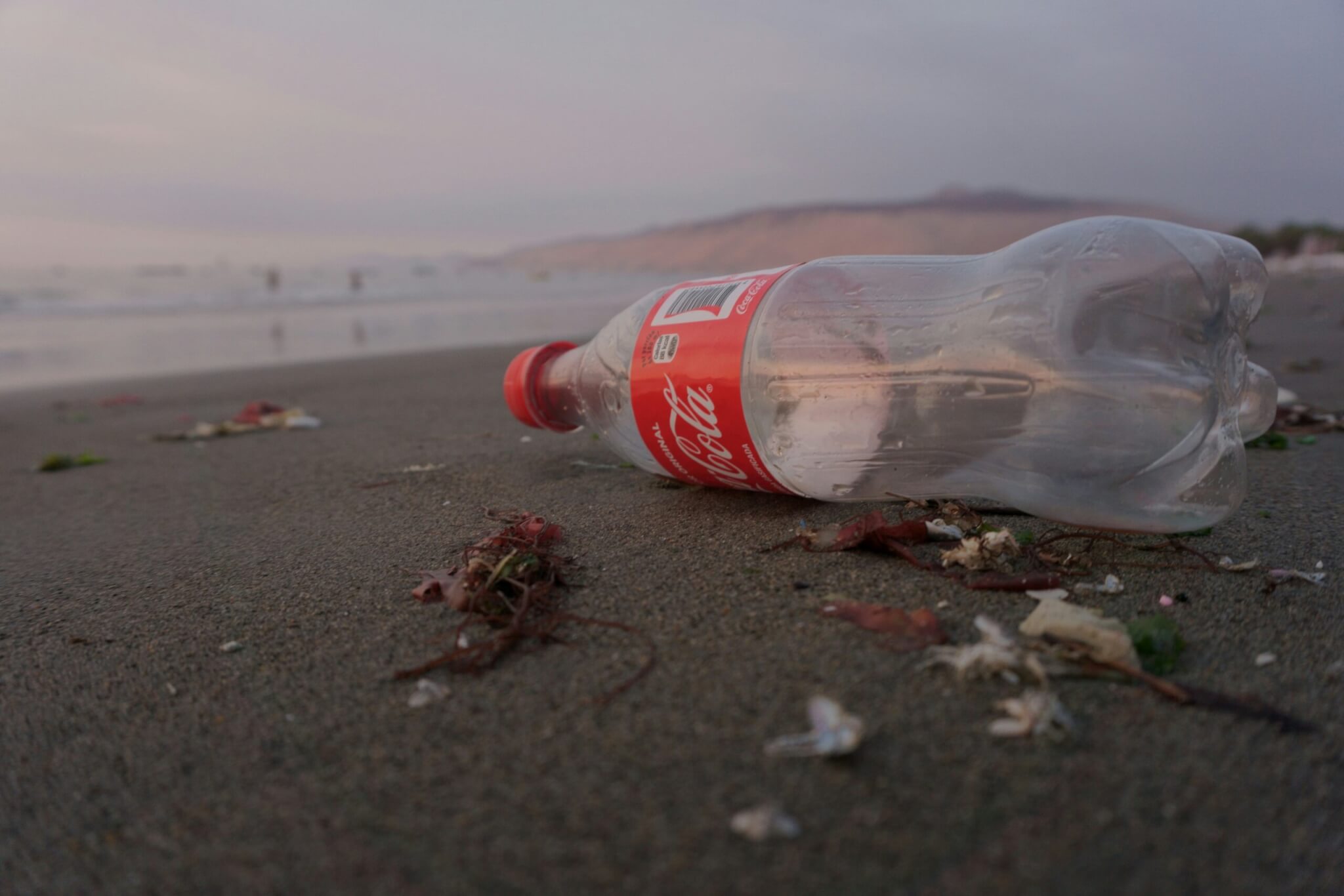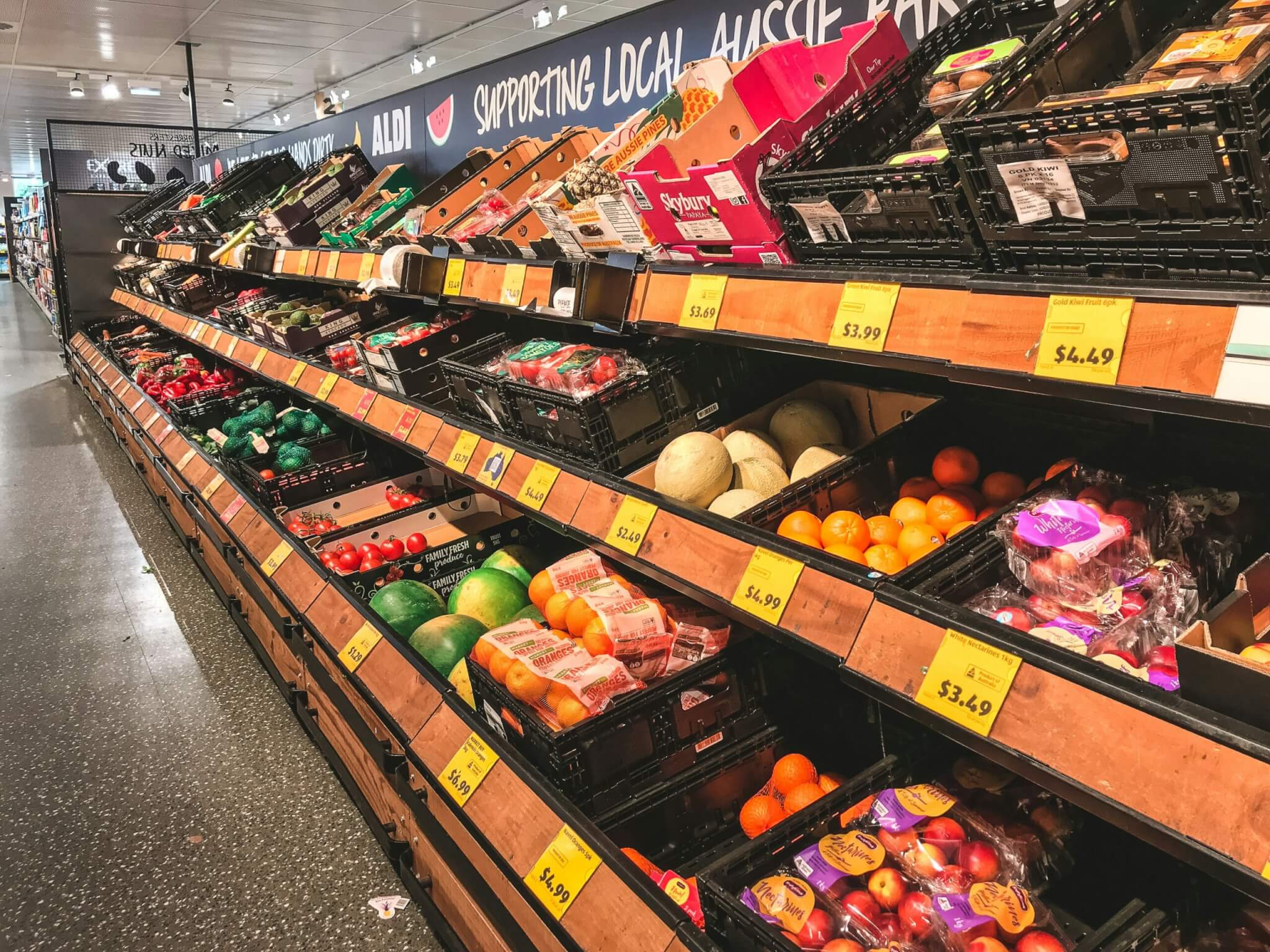Dyson might be known for super hoovers and fancy hairdryers, but one of its former design engineers has created a very different kind of innovation.
Dan Dicker founded his company, now known as Circular & Co, over 15 years ago to design and make products like garden furniture and pots from recycled plastic.
His latest idea solves a much more modern problem: the world’s first reusable coffee cup made from the takeaway cups from high street coffee chains.
“I was on a train when I came up with this idea, around the time Hugh Fearnley-Whittingstall blew the lid off coffee cups not being recycled,” recalls Dicker. “The coffee industry came together and asked us for ideas, and we stripped it down to what people want from a cup – leak-proof, thermal and easy to drink from.”

The scourge of single-use plastic is everywhere in society, but perhaps nowhere is it more guilt-ridden than when combined with a need for coffee on-the-go. Although many takeaway cups profess to be recyclable, or even compostable, the plastic lids, and the major flaws in recycling in the UK as a whole, mean your takeaway oat milk latte cup, more likely than not, ends up in landfill.
It took Dicker one year to develop the cups, which are made from blending paper with recycled plastic pellets, before being melted down and injection moulded into cup shapes at high pressure. To reach food safety standards for hot liquids, the cups also use a small amount of virgin plastic as insulation, with research underway with Exeter University to replace this with a sustainable alternative.
Circular & Co is currently making around 30,000 cups every month, set to double with the launch of a new Starbucks contract where the chain will buy back, and then sell, reusable cups made from its takeaway waste. Others are sold directly by Circular & Co in a variety of sizes.

Cups have so far been made at a factory in China, but production has recently moved to St Austell, in Cornwall, with the aim of creating local jobs in sustainable technology and creating a regional supply route for recycled material, something Dicker is happy to explain.
“Producing in China meant we were not as circular as we could be,” he says. “We were transparent about this, and we’re massively proud about our return to Cornwall and the 11 jobs this will create. St Austell has been particularly recognised as an area that needs this input, and I think it’s great that it’s in manufacturing, not tourism, and that this shows the effect of the green economy.”
He also wants to work more closely with local authorities and waste collectors in Cornwall, to help recycle high volume plastic products, such as Cornish ice cream tubs, and help create a local circular economy.

“We’re trying to create a regionalised supply for recycled plastic,” he explains. “When you talk about circular economy, the mission is regionalisation,” says Dicker, who says the recent negative headlines around exporting of recycling has prompted this positive renewed focus on regionalisation.
Local production also means the carbon footprint of recycling, as something that is supposed to be a sustainability concept, is lower, as well as the fact that local capture of waste means it is less likely to leak out.
It’s by now well-known that recycling rates are far from adequate. According to a Circularity Gap report published in January of this year, we now consume around 100 billion tonnes of materials each year, of which only eight per cent is re-used or recycled.
In the UK, this is partly down to some local authorities prioritising incineration of waste for energy, rather than recycling, but also reflects the overall picture of inconsistency as to what happens to waste in individual areas in the country.

“Nothing has truly been recycled until it’s been re-used,” adds Dicker, who believes there needs to be a greater focus on what material is recycled into. “Only five per cent of consumers purchase a coffee with a re-usable cup, compared to 60 per cent who own one, so we’ve got a long way to go. The point is they haven’t fitted it into their lifestyle.”
One problem is actually the collection of material – with high enough volumes of one type of material, the recycling process can actually work and new products can be made. And for once, this actually has quite an easy fix, according to Dicker, who says: “High street bins have high contamination. The best solution is to take them back to the coffee houses – we have people who stockpile them at home and take them the next time they go to a coffee drive-thru, for example.”
Chains will take any branded takeaway cup back, not just their own, claims Dicker, as they are paid a small amount to store before collection by a recycling operator, adding that this route is “100 per cent guaranteed to be recycled”.
“That’s plan B, plan A would be is to have a reusable one in your bag,” he adds. There is no doubt as to the advantage of cutting down on single-use plastic, which is destroying marine environments and turning up as micro plastic just about anywhere. Circular & Co estimates that during the lifetime of one reusable cup, 17 billion single-use cups will have been saved from use.

Reusable cups have, of course, been around for a while, but while making them from old takeaway cups might be novel, Dicker’s design also has other unique aspects that could help their overall adoption increase.
“They don’t leak,” he says, explaining how his days at design-focused Dyson led to attention to the sealing technique in particular, a push-down mechanism that means you can put the cup, full of liquid, any way up in a bag and it won’t spill.
“Dyson was a great job for product design – for R&D [research and design] it was phenomenal, with a limitless budget for ideas. The value they put on coming up with great inventions and coming up with something radically different.”
It’s this approach to recycling with a close eye on how effective the end product will be that could be the final piece in the jigsaw between product design, recycling operators and a true reduction in new plastic production.
Until then, if you forget your reusable cup, it’s an Americano to go, and then to return.










Brilliant concept and I hope Circular &Co achieve the success they deserve.. But let’s take this a stage further. Let’s put an end to this riduculous “rushing around with a take-away coffee because I am so busy and important” culture. How many of these people contributing to the plastic waste stockpile are in genuine need of a caffeinated drink or is it part of the herd mentality, because everyone else is wandering around with a plastic cup of mediocre coffee I should be doing the same .
Yes, there is definitely alot to be said both environmentally and in terms of a better quality of life in taking time to pause, have a short rest and a drink, then get going again for a more effective day.
Talk about using a sledge hammer to crack a nut! I can’t help but raise a smile everytime I see the comment about reusable “coffee cups” and how it is good that companies are now producing such items! I’ve had reuseable coffee cups for years – mostly made out of china, some are made out of stainless steel and even glass! So you goes down your local china shop and buys a mug! On the way into work on Monday morning you pop into your local coffee shop, hand over your mug to the person behind the counter and ask for it to be filled up with your favourite coffee! You drink it and put the mug back into your bag – hey we have a “reuseable coffee cup!” You can even get these kind of cups with lids and other stuff plus of course we can have reuseable plates, dishes, bowls the choice is endless!
Just a thought! the Walrus
Very true! Time for the return of the mug as a truly beloved thing…
Absolutely – the simple china (or other material) mug becomes a personal item as it can be marked in anyway the owner cares – it is part of him/her! The “ubiquitous coffee cup” with several million brothers and sisters will never become such an item – people are individuals and so too should everything about them be also!